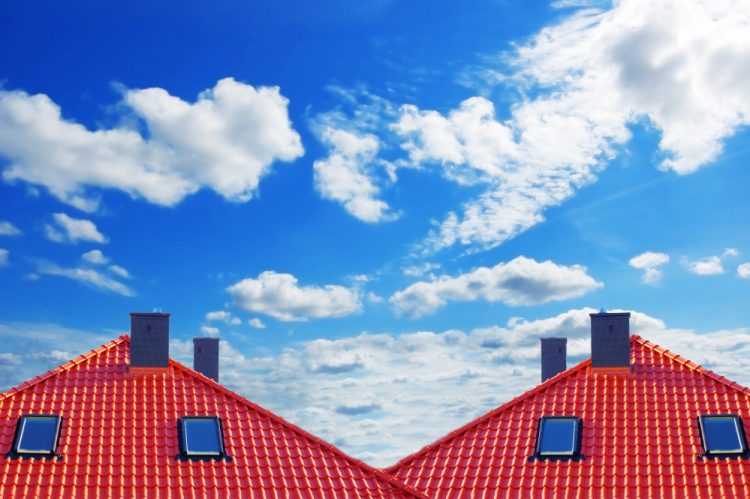Across the United States, few home features are as underappreciated as the humble gutter. Yet this simple system quietly protects roofs, walls, and foundations from thousands of gallons of water every year. What many homeowners don’t realize is how drastically climate and regional weather patterns influence gutter design. From icy Colorado winters to the torrential rains of the Gulf Coast, builders and contractors must tailor their gutter systems to survive — and thrive — in the environments they serve.
Weather Makes the Design
A gutter that performs flawlessly in Southern California won’t necessarily stand up to a Midwest snowstorm or Florida hurricane season. In dry climates, debris buildup from dust and leaves is the main concern, whereas in humid or storm-prone areas, capacity and water flow are critical. Cold-weather regions like Colorado face an additional challenge: freeze-thaw cycles that can cause gutters to warp, crack, or pull away from the fascia if not properly supported.
A leading Colorado Springs Gutter Companyhas built much of its success on this understanding. Operating in a region known for heavy snow, hail, and quick temperature swings, their approach has become a model for durable gutter design. Using reinforced hangers, high-capacity troughs, and seamless aluminum or steel builds, they ensure gutters remain intact even through the harshest storms — a strategy increasingly adopted by contractors nationwide.
Material Choices Reflect the Climate
The right material can mean the difference between a 10-year and 30-year lifespan. Vinyl remains popular for budget-friendly installations in temperate zones, but metal dominates where strength and longevity matter. Aluminum’s rust resistance and affordability make it a top choice from coast to coast, while copper and steel are favored for premium builds in snow and hail zones.
In Colorado, hail damage is a yearly threat. Local experts often recommend thicker-gauge aluminum or steel gutters that resist denting and deformation. These same materials are gaining popularity in the Great Plains and mountain states, where extreme weather events are becoming more frequent.
Seamless Systems Lead the Way
One of the most significant national trends inspired by Colorado’s high-performance market is the shift toward seamless gutters. Unlike traditional sectional systems, seamless gutters are custom-cut on-site for a perfect fit. With no joints to separate or leak, they drastically reduce maintenance and improve water flow. Contractors across the U.S. are now using portable roll-forming machines originally popularized by mountain-state installers who needed tight, weather-resistant systems to handle snowmelt and heavy runoff.
Gutter Guards and Ice Defense
Another lesson spreading nationwide from cold-weather contractors is the integration of gutter guards and ice-dam prevention. Heavy snowfall followed by sunny days can lead to ice dams — thick ridges that trap melting water on roofs. Colorado professionals often install heated cables or specialized guards that prevent ice accumulation and keep gutters draining freely. The same techniques are now being applied in the Northeast and Upper Midwest.
Designing for the Future
As weather extremes intensify across the country, gutter technology continues to evolve. Smart sensors that detect clogs or overflows, eco-friendly runoff systems, and durable coatings are becoming the new standard. The adaptability of experienced installers — like those at a seasoned Colorado Springs Gutter Company — highlights the importance of combining regional expertise with modern innovation.
Whether it’s battling ice, deflecting debris, or managing massive rainfalls, one truth remains: gutters are not a one-size-fits-all feature. They are regional tools engineered for survival against local elements. The companies that understand this — and design accordingly — are helping homeowners nationwide protect their most valuable investment: their home.









